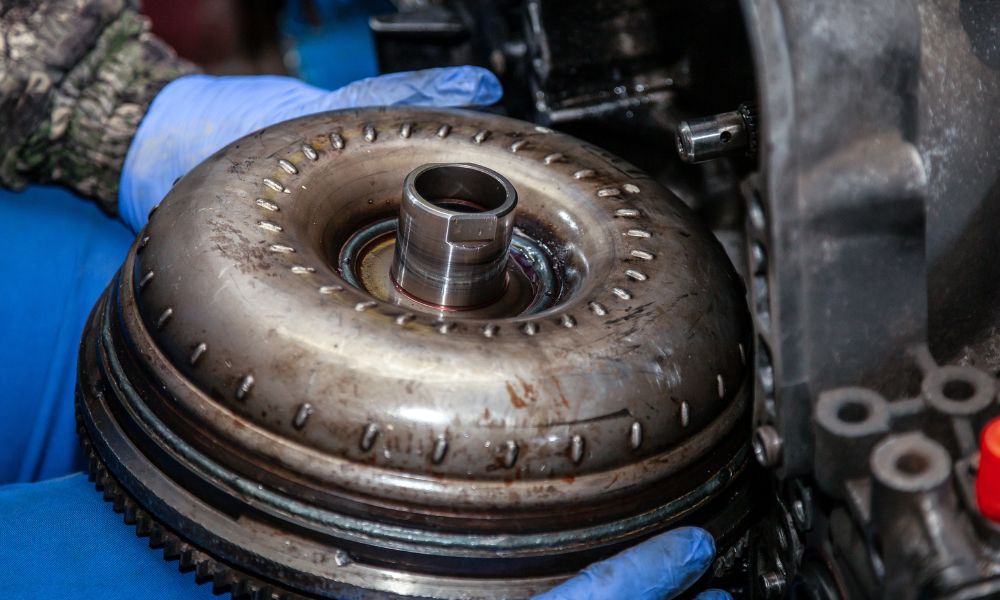
Upgrading your vehicle is a large task, but you can successfully make improvements with the right components. Check out these five tips for installing an aftermarket automatic transmission, and don’t forget to implement these suggestions.
Follow Safety Precautions for Transmission Installation
Before servicing any vehicle, it’s important to follow necessary safety precautions to ensure your protection. For this project, use a transmission jack for automatic transmission installation. This tool helps lift and position the aftermarket transmission and lower it inside your car.
Additionally, be aware of your hands during installation, as minor slip-ups can lead to injuries. You don’t want the part to damage your fingers and hands. It’s best to have two people during the installation process to ensure extra help.
Always Inspect Your Flexplate
Before automatic transmission installation, always inspect your flexplate. Look out for cracked teeth, worn U-joints, and missing balance weights. All of these things can cause vibrations, which you will feel in the driver’s seat when you travel at normal speeds. You may also hear clunking or a knocking noise when you shift gears. Ultimately, it’s best to stay on the safe side and check the flexplate.
Frequently Flush Transmission Cooler
Prevent transmission contamination and get rid of debris by back flushing your transmission cooler. Doing so will also avoid contamination of your torque converter. This will help during the installation process and mitigate problems. Additionally, flushing improves your shifting, and it decreases transmission heat.
Add Transmission Fluid Before Starting Engine
You should add around four quarts of transmission fluid before starting the engine. Always acquire the proper fluid for your vehicle (your car’s manual will specify the type you should use). The substance lubricates the automatic transmission and provides hydraulic pressure to make the part’s internal components work.
Don’t Overfill Your Transmission
An overfilled transmission will foam and circulate air (aerate) the fluid. This can lead to a variety of problems like low-pressure and heating issues. Another consequence of overfilling is losing lubricating properties and system malfunction. And with an aftermarket part, you don’t want to damage the transmission or your vehicle.
After reading these tips for installing an aftermarket automatic transmission, you can confidently work on your car. If you’re interested in purchasing automatic transmission repair parts, Transparts Warehouse has a variety of products at wholesale costs. Browse our selection of parts today and repair your automatic transmission with ease!

